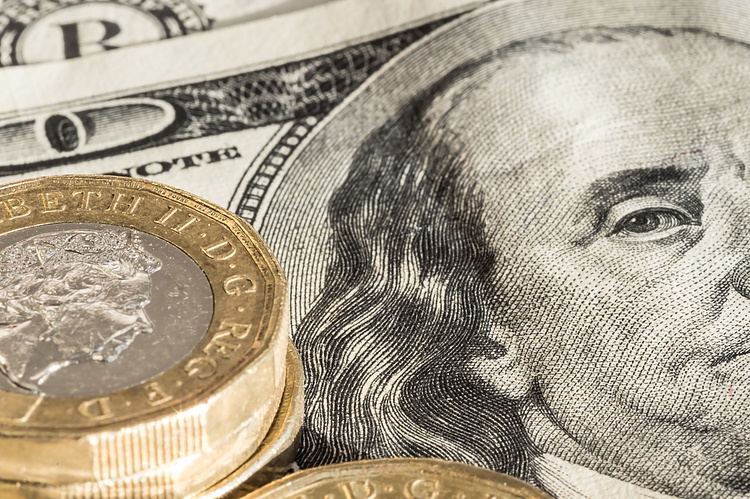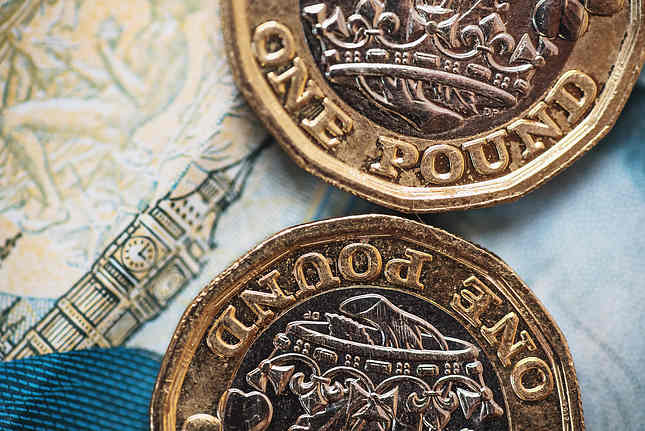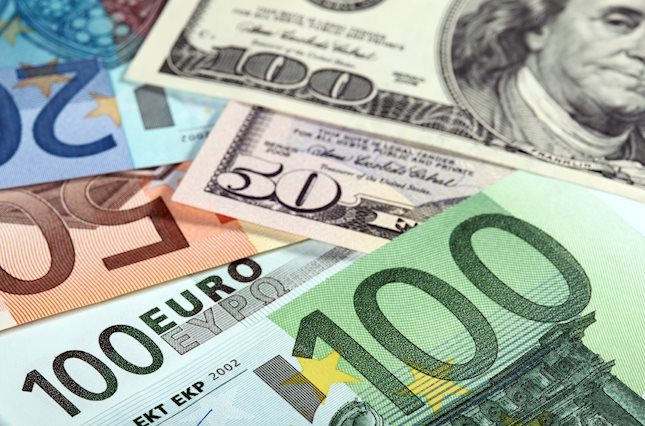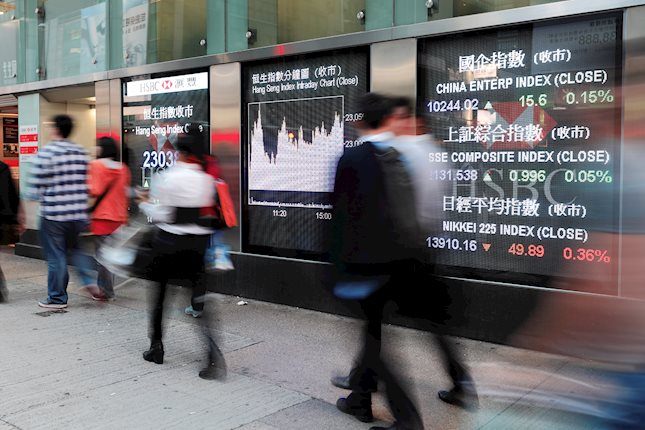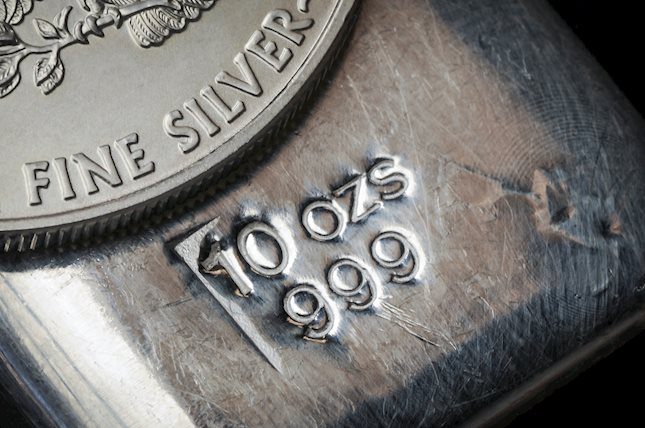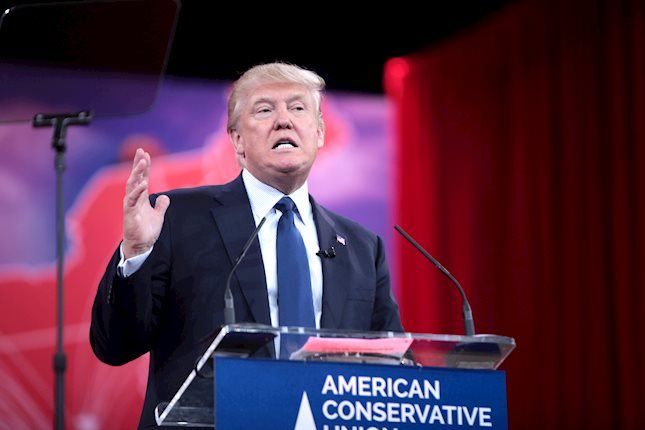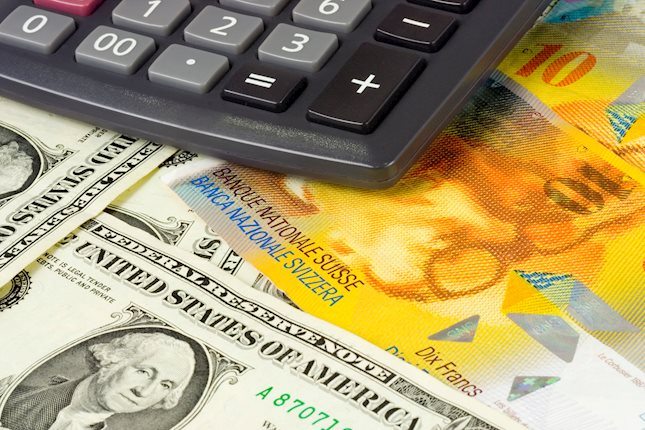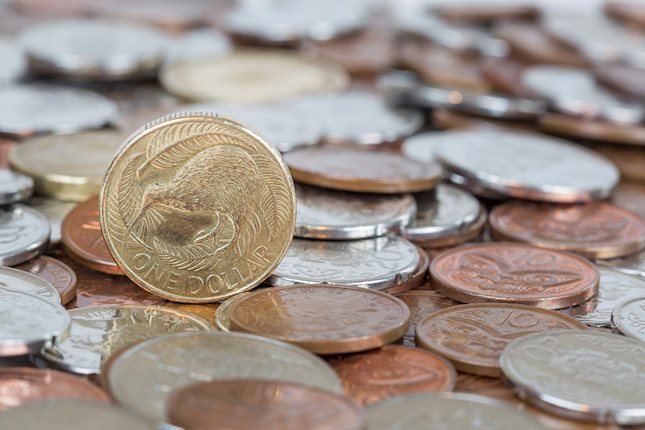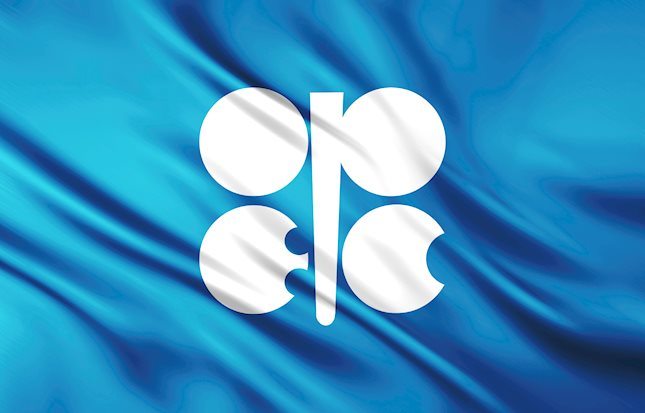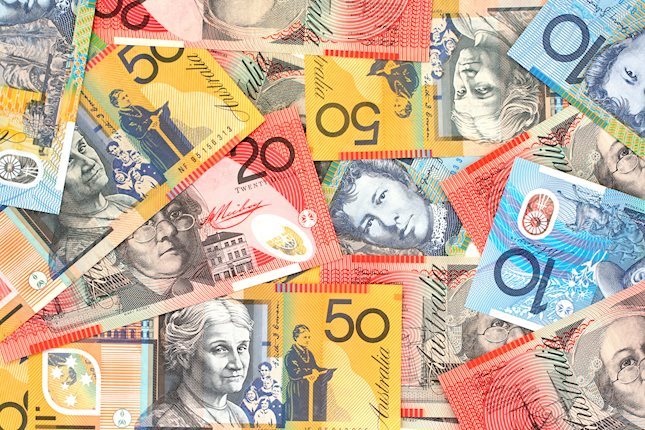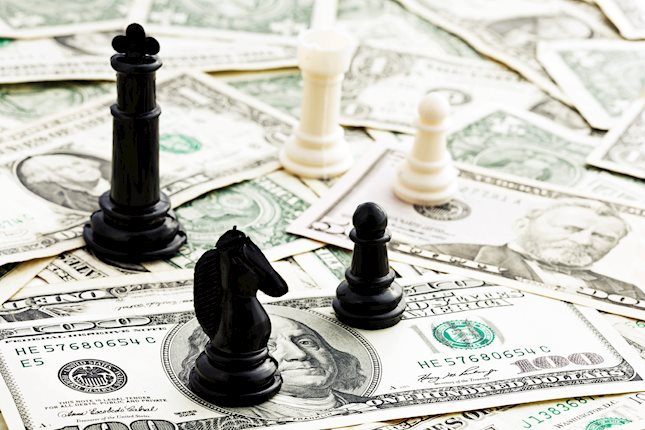GBP/USD gains traction above 1.2550 on thin trading volume
- GBP/USD trades in positive territory around 1.2580 in Monday’s Asian session.
- Higher US bond yields and Trump's policies could lift the USD and cap the pair’s upside.
- BoE dovish bets could undermine the GBP against the Greenback.
The GBP/USD pair extends the recovery to near 1.2580 during the Asian trading hours on Monday. The Bank of England (BoE) policymakers became more divided about whether rate cuts were needed to tackle a slowing economy. The BoE’s Monetary Policy Committee (MPC) voted 6-3 to keep interest rates on hold, a bigger split than expected. Trading volume is lighter than usual ahead of the New Year holiday.
Rising US Treasury yields could act as a tailwind for the US Dollar (USD), with the benchmark 10-year note hitting a more than seven-month high on Friday. Meanwhile, the yield hovers around 4.620% on Monday. Furthermore, the expectations that President-elect Donald Trump's policies of looser regulation, tax cuts, tariff hikes, and tighter immigration could fuel inflation and slow the pace of the US Federal Reserve (Fed) rate cut contribute to the USD’s upside.
The BoE decided to keep the interest rate on hold at 4.75% in the December meeting and maintained its guidance for "gradual" interest rate cuts next year. BoE Governor Andrew Bailey said, "We think a gradual approach to future interest rate cuts remains right, but with the heightened uncertainty in the economy we can't commit to when or by how much we will cut rates in the coming year.” An increase in BoE’s dovish bets for the next year might weigh on the Pound Sterling (GBP) against the Greenback in the near term.
Pound Sterling FAQs
The Pound Sterling (GBP) is the oldest currency in the world (886 AD) and the official currency of the United Kingdom. It is the fourth most traded unit for foreign exchange (FX) in the world, accounting for 12% of all transactions, averaging $630 billion a day, according to 2022 data. Its key trading pairs are GBP/USD, also known as ‘Cable’, which accounts for 11% of FX, GBP/JPY, or the ‘Dragon’ as it is known by traders (3%), and EUR/GBP (2%). The Pound Sterling is issued by the Bank of England (BoE).
The single most important factor influencing the value of the Pound Sterling is monetary policy decided by the Bank of England. The BoE bases its decisions on whether it has achieved its primary goal of “price stability” – a steady inflation rate of around 2%. Its primary tool for achieving this is the adjustment of interest rates. When inflation is too high, the BoE will try to rein it in by raising interest rates, making it more expensive for people and businesses to access credit. This is generally positive for GBP, as higher interest rates make the UK a more attractive place for global investors to park their money. When inflation falls too low it is a sign economic growth is slowing. In this scenario, the BoE will consider lowering interest rates to cheapen credit so businesses will borrow more to invest in growth-generating projects.
Data releases gauge the health of the economy and can impact the value of the Pound Sterling. Indicators such as GDP, Manufacturing and Services PMIs, and employment can all influence the direction of the GBP. A strong economy is good for Sterling. Not only does it attract more foreign investment but it may encourage the BoE to put up interest rates, which will directly strengthen GBP. Otherwise, if economic data is weak, the Pound Sterling is likely to fall.
Another significant data release for the Pound Sterling is the Trade Balance. This indicator measures the difference between what a country earns from its exports and what it spends on imports over a given period. If a country produces highly sought-after exports, its currency will benefit purely from the extra demand created from foreign buyers seeking to purchase these goods. Therefore, a positive net Trade Balance strengthens a currency and vice versa for a negative balance.
Forex News
Keep up with the financial markets, know what's happening and what is affecting the markets with our latest market updates. Analyze market movers, trends and build your trading strategies accordingly.
